Fast radio bursts are short, powerful and broadband signals from compact extragalactic sources of non-thermal nature. This one phrase is the concentration of a whole bulk of achievements in the realm of all-wave and radio astronomy of the last decades.
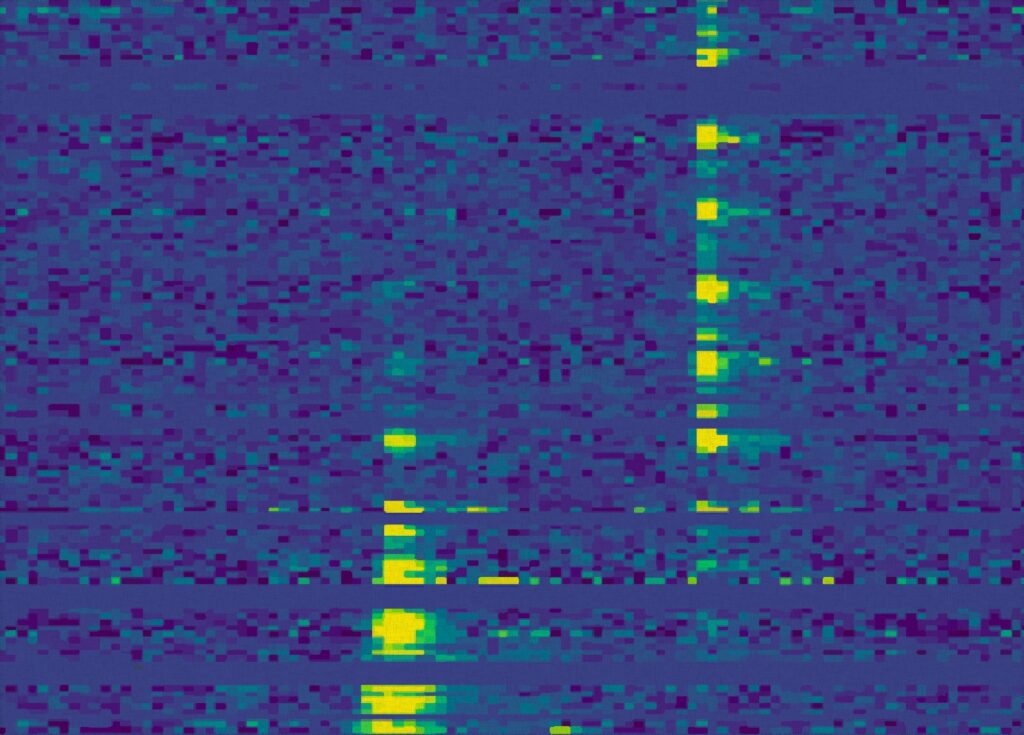
A detailed explanation will be given a little later. Let’s start with the discovery of FRB (Fast Radio Burst) and analyze various aspects of the study of such bursts, since often the methods are more general and universal than individual discoveries, and some analogies can lead us to deeper understanding of the nature of the phenomenon due to its connection with others. So, in 2007, when processing the data of the multibeam survey of pulsars (performed by the radio telescope near the Australian city of Parkes), a short and powerful single burst with the two most characteristic features for extraterrestrial signals of this kind was detected — a dispersion delay in the arrival time of a lower frequency radiation compared to a higher according to the law 1/f 2, (which, in turn, depends on the law of radiation propagation in the plasma) and greater dispersion of the tail (“blurring”) at low frequencies than at high frequencies.
Literally every word requires an explanation here: why reprocess old data, why the survey is multibeam, why it was focused on pulsars, whether it is interesting to search for single signals (aka transient signals which are never repeated again), what the dispersion delay says and why you need to pay attention to dispersion
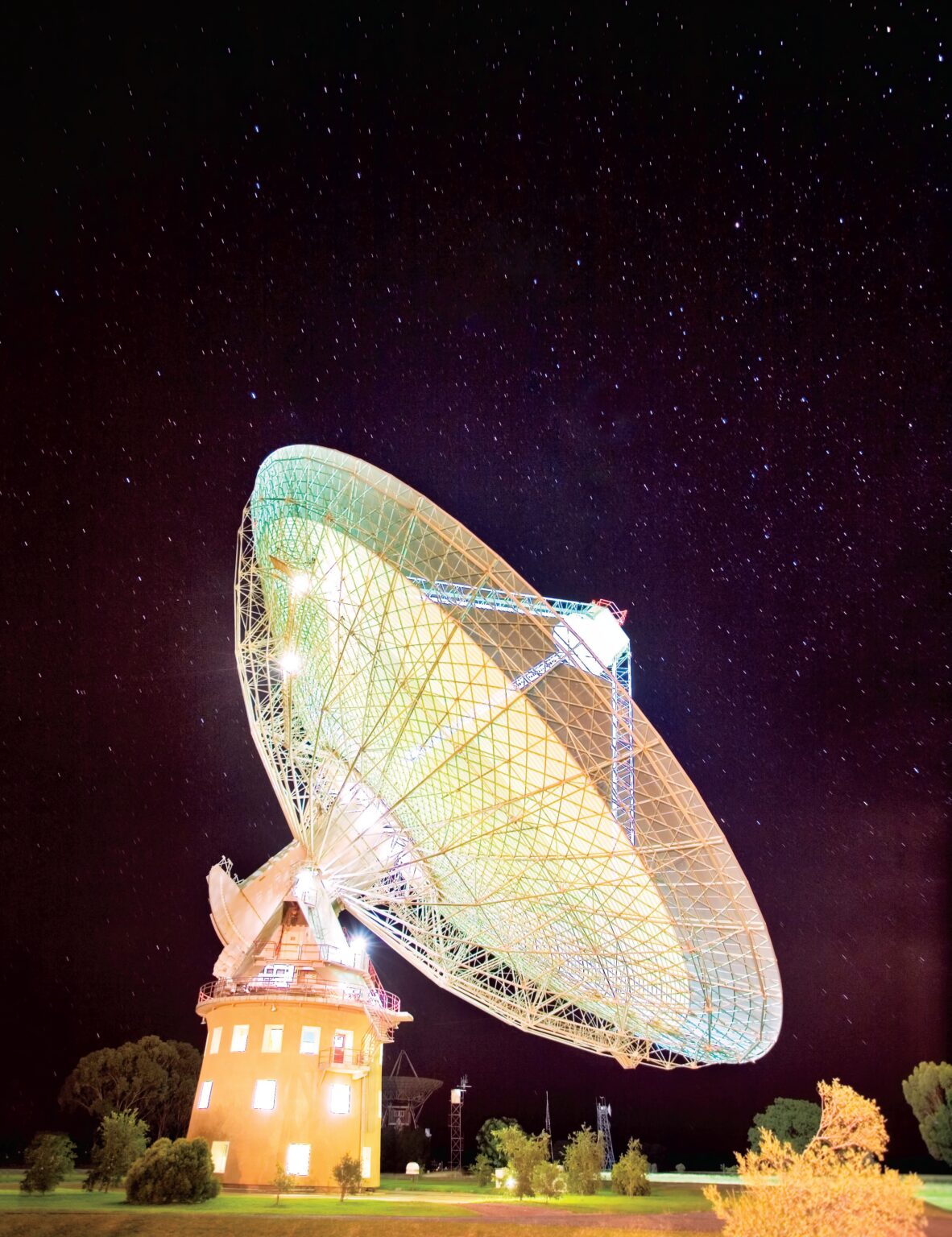
To begin with, the processing of the data of this multibeam survey has already led to very interesting results: a year before the discovery of the first FRB (the Lorimer burst) an article was published in the Nature magazine, which reported the discovery of the so-called RRAT (Rotating RAdio Transient) — a new type of neutron stars, similar to pulsars, but pulsating with much less frequently than once per period. This significantly expanded the understanding of galactic pulsating radiation sources.
It is worth mentioning that, according to the principle of causality and limit of the speed of light, the size of the radiating area cannot be greater than the distance it covers (to say precisely, it is not about light, but about the general cause of the change in radiation) during the characteristic time of the pulse. So, with a duration of one millisecond, the size of this region cannot exceed 300 km, and with a flash duration of, for example, 400 picoseconds (the so-called giant pulses of a pulsar in the Crab Nebula are sometimes even as short as that), it does not exceed 12 cm! Is it possible to see a source so tiny by cosmic standards 2,000 parsecs away (6.5 thousand light-years — that’s the distance to the Crab Nebula)?!
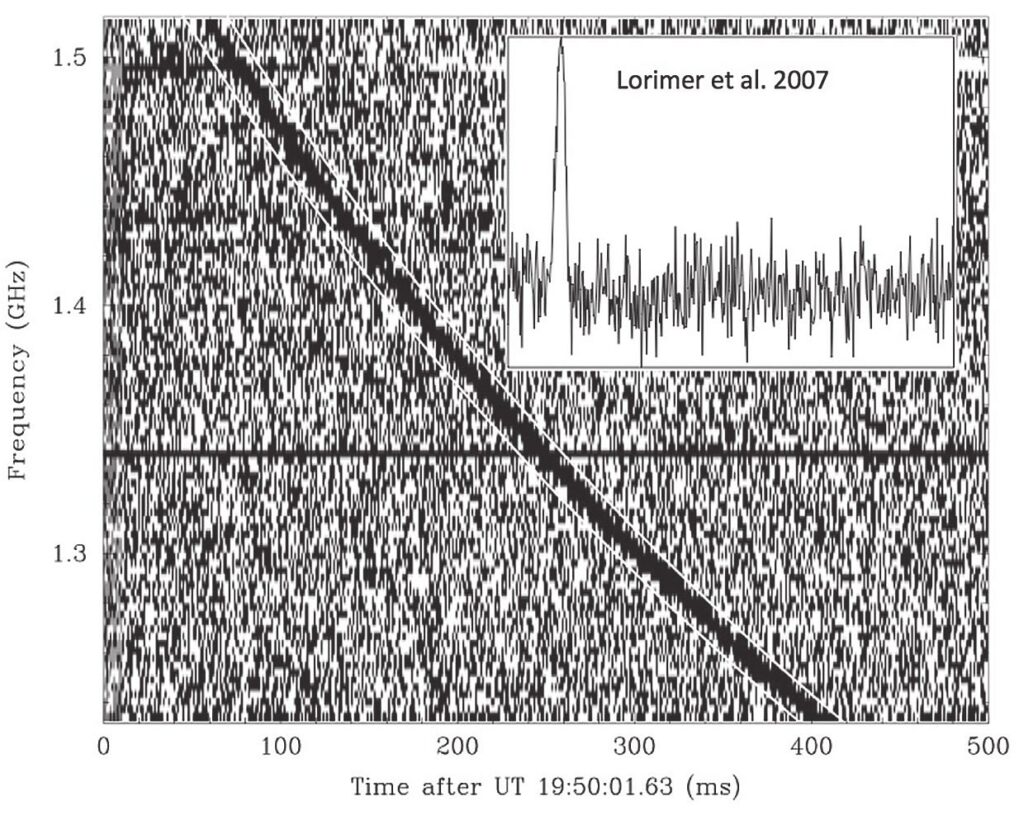
This is the case when both the question itself and the affirmative answer to it are very important. Subconsciously, a person focuses on visual images (for example, stars). But the radiation mechanism of stars is thermal (for instance, the temperature of the Sun is close to 6000 K, and it emits almost like a black body), and pulsars have a non-thermal, coherent mechanism (somewhat analogous to a laser). In the case of the pulsar in the Crab Nebula, the effective temperature, calculated by the intensity formula for thermal radiation, exceeds 1041 K! In addition, due to relativistic effects, the beam can be additionally narrowed, and at the maximum of the pattern, the source can emit energies several orders of magnitude higher than in all other directions.
But while such sources were unknown, radio astronomers followed a reliable way of increasing sensitivity: accumulating the signal in time and frequency, using the so-called radiometric gain (the square root of the product of the frequency bandwidth and the time resolution). Under such conditions, even a strong but short pulse of the pulsar simply “drowned” in the energy of continuous radiation sources accumulated during one period (up to several minutes).
Only when the task of researching short variations in quasar signals (flickering in near-Earth and interplanetary plasma) arose and a large enough radio telescope was built to increase sensitivity, radio astronomy got the opportunity to register short pulsed signals from sources in radio range that are new in nature — neutron stars.
The very nature of the pulsar signal turned out to be so informative that their search became a significant part of the observation time of many radio astronomy observatories. Suffice it to say that the Nobel Prize was awarded for the discovery of pulsars. The same award was given for the discovery of the first pulsar in a binary system (Hulse-Taylor system — a pulsar and a white dwarf), because due to the strong gravitational interaction of the components, it became possible to test the predictions of the General Theory of Relativity with previously unattainable accuracy. The first discovery of planets beyond the Solar System (they are situated in the vicinity of the pulsar) was also made on the basis of the analysis of the change in the period of the pulsar B1257+12 over several years of observation (the 2019 Nobel Prize for the discovery of planets around Sun-like stars was awarded for the work that was published two years later).
But, in addition to such fundamental but rare achievements, pulsars have proven to be an extremely effective tool for diagnosing the interstellar medium. Radio interferometry measurements of the distance to them, on the one hand, and measurements of the dispersion delay of their signals, on the other hand, make it possible to determine the average electron density in the direction of the pulsar with an accuracy of fourth to sixth significant figures. And for unknown, newly discovered sources, a longer delay (that is, a higher so-called “measure of dispersion”) means a greater distance to the source, given the same electron density. Linear polarization of signals and rotation of the plane of polarization (due to the Faraday effect) allows measuring the integral magnetic field on the line of sight, and scattering — the distribution of heterogeneity of the interstellar medium. Therefore, the search and discovery of more and more pulsars, which are now used as “test beacons” in the Galaxy, is a very useful tool for researchers in various fields of astronomy rather than some abstract value. Suffice it to say that at conferences devoted to the navigation of interplanetary vehicles in outer space, orientation by pulsars takes several times more time and attention of participants than orientation by ordinary stars. Given all of the above, the discovery of fast radio bursts is the next important step in understanding the universe — this time, beyond the Galaxy.
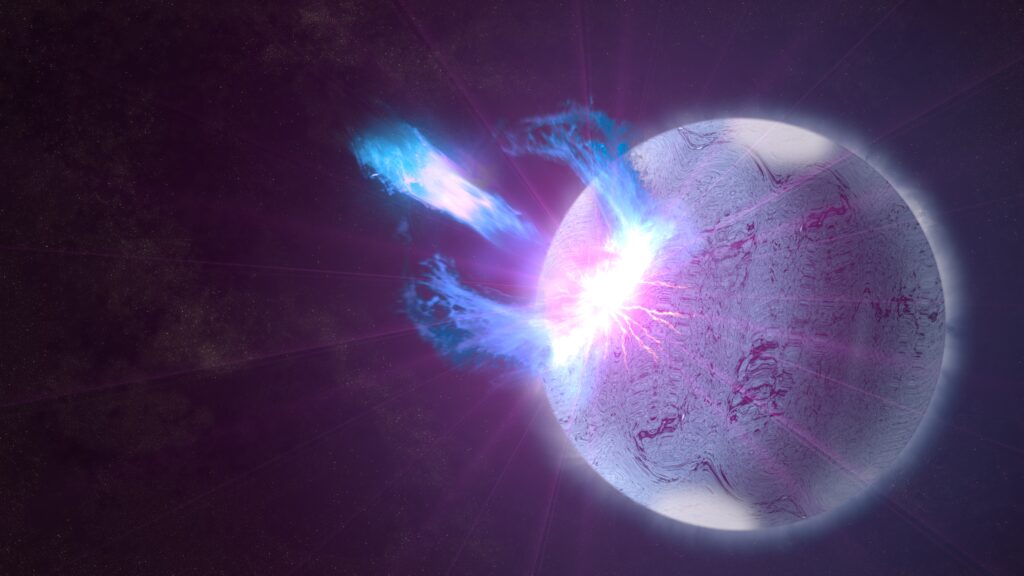
By the year 2000, the “tomography” of the Galaxy using pulsars provided fairly accurate values of the distances to new sources of pulsed radiation. But the “Lorimer burst” had several times more dispersion than a Milky Way object can have in a given direction. At the same time, outside our galaxy (in the intergalactic medium), the electron density drops by three to four orders of magnitude, which means that the source is located in a nearby (“far, far away”) galaxy and the distance to it is measured in megaparsecs!
What could be source of such powerful signals? How unique is this phenomenon? These questions once again brought to the fore the task of surveying the sky in the radio range and reprocessing the data of such surveys, where the observation parameters were suitable — and this is precisely the surveys of pulsars.
Now it is worth taking a look at the “kitchen” of radio astronomy, where the dish is prepared for the following studies: cleaning the data from interference and verifying the results. In the detective plot about “defending the honor and dignity of the Lorimer burst”, dispersion played a large role. But it turned out to be even more important to compare the characteristics of observations that, at first glance, cannot be involved in astronomy in principle. Well, for example, “when do we have lunch?”
Lorimer’s burst was very powerful and therefore rare. When other similar bursts were found in the records, they were similar, but not quite the same. For example, dispersion of these signals did not depend so much on frequency. They had similiar values of the measure of dispersion, power and time of appearance. They even earned their own name: “perytons”. And it turned out that they are generated by the microwave oven of the nearby cafe when the door is opened — when magnetron is turned off. The reputation of all FRBs (and especially the first one) was in jeopardy. And only a multi-parameter analysis of all bursts made it possible to identify those that had nothing to do with the working hours of the cafe, the orientation of one of the side lobes of the radio telescope to the source of interference, the presence or absence of a scattering dependence (as already mentioned, for cosmic signals at low frequencies it is greater, than at high ones). Analysis of bursts by intensity and variance demonstrated that for some sets of events their distributions have a more natural appearance than for others. Thus, the fight against radio interference, which is very important in the study of repeating pulses of pulsars, becomes simply vital for transient signals. Only a multi-parameter analysis made it possible to prove the cosmic origin of not only the “Lorimer burst”, but also dozens of other bursts.
The next confirmation of the extragalactic nature of FRBs was the fairly isotropic distribution of their coordinates across the sky. In the Galaxy, such events would be concentrated near its main plane (like pulsars do) or would somehow be linked to galactic coordinates.
The nature of such powerful and short (as we remember, this is due to the small size of the source) bursts has given rise to a number of hypotheses and assumptions. Initially, this phenomenon was associated with catastrophic — and therefore isolated — events (the fall of matter onto a neutron star, the merger of such stars, etc.). Various assumptions were made: from the collapse of the pulsar under the influence of dark matter with the subsequent ejection of part of the magnetosphere to the interaction of cosmic strings with the plasma permeating the early universe. But the discovery of first one (FRB 121102) and then several repeated bursts disproved such hypotheses, as they cannot explain both types of events.

Among the versions of the origin of the FRB on Wikipedia, even the version of the “little green men” listed — if you are familiar with the history of the discovery of pulsars, you might be aware, that it was also discussed at the time. But for some reason, people are less exited by the fact that this question of origin was not only asked then, but answered as well. As early as the first article on the discovery of a pulsating radio source by Antony Hewish with co-authors, it was shown that the additional Doppler shift characteristic of the movement of a planet inhabited by hypothetical “green men” around its star (after all, they do not live on the star itself!) was not detected. The only exception could be the orientation of the plane of the orbit of “their” planet perpendicular to the direction of the Earth. But the same result was obtained for three more open pulsars, which made a similar orientation of the orbits of all planets and, accordingly, the emission of open pulses of an entire civilization of “green men” extremely unlikely. Therefore, suspicions were removed from those alien creatures. In the case of FRBs, they also seem to be of no use, as it is unlikely that spending colossal energy on a single and relatively uninformative pulse is reasonable for any civilization.
The most reasonable assumption is the generation of such pulses by magnetars. These objects are known in our Galaxy as young remnants of supernova explosions, the magnetic fields of which are two to three orders of magnitude stronger than the fields of ordinary pulsars. They can emit both in the high-energy range of the spectrum (gamma or X-rays) and in the centimeter range of radio waves. The mechanism of generating single pulses of magnetars is not fully understood (the “cracking” of the pulsar crust or some other ways of releasing the colossal energy of the magnetic field is considered). But observations by the Canadian radio telescope CHIME on April 28, 2020 led to the registration of FRB 200428 — radio bursts of the galactic magnetar SGR 1935+2154, which exceed the intensity of bursts of other similar sources by several orders of magnitude. The radio emission was received by the far sidelobe (which became clear after data processing) and was therefore significantly attenuated, but even under these conditions its intensity was quite sufficient to clearly distinguish the features of the burst — for example, the fact that it was double. This level of intensity can explain the signals from magnetars in other galaxies, especially if the source is well oriented in space and the aforementioned additional relativistic narrowing of the radiation pattern.
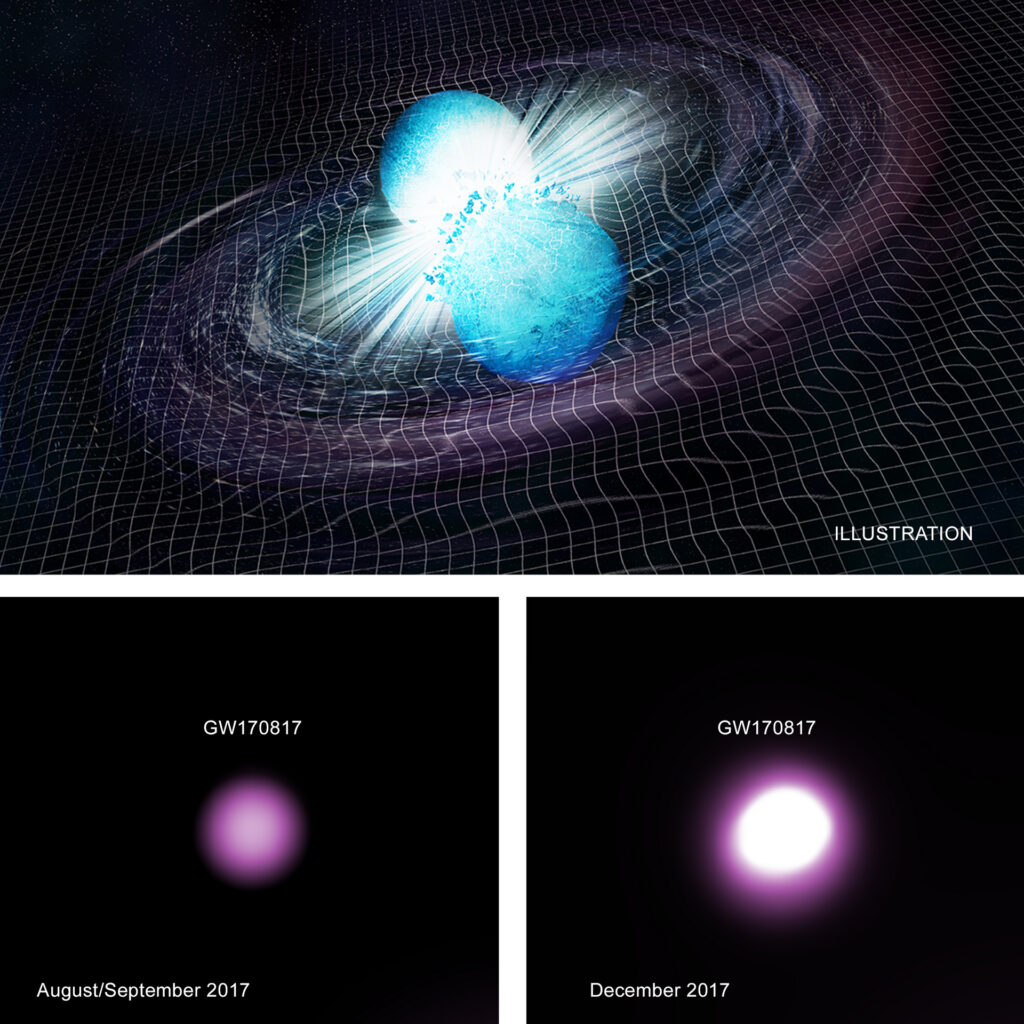
As for the enormous energies of FRBs, it is worth mentioning one of the greatest scientific achievements of the last decade — the detection of gravitational waves. Closest to our topic are “weak” events — mergers of neutron stars (such as the GW170817 event observed on August 17, 2017), when both gravitational waves and radiation at various frequencies — from the centimeter to the gamma range — were detected. This was the birth of the so-called multi-messenger astronomy — “multi-channel” astronomy, which compares signals not only of the entire spectrum of electromagnetic waves, but also of various information/force fields. With both the sensitivity of gravity detectors increasing and the unification of X-ray and gamma-ray satellite data processing, as well as optical and radio telescopes, FRB signals and events like GW170817 will become our trial “pulse generators” for studying extragalactic space.
And finally, for astronomy lovers.
The beauty of the night sky attracts millions of people who are eager to touch the Universe, observing and exploring it by amateur telescopes. Some of these devices are accessible remotely. And the future Mecca of all-wave, multi-channel and radio astronomy (hopefully in the near future) will be the far side of the Moon. There is no interference from radio stations, no illumination from the atmosphere. Lunar tectonic activity should also not cause serious interference to gravity detectors. It would be good if telescopes of all ranges which are going to be installed on the natural satellite of the Earth became available to amateur astronomers (as for professionals, they will get it much earlier), because there is an increasingly serious problem of processing an ever-increasing flow of data. Then a mass of pre-processed observations and projects like SETI@Home could pave the way to a new era of understanding the secrets of the Universe.

